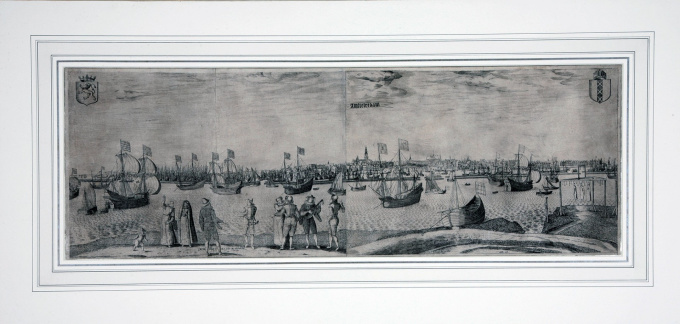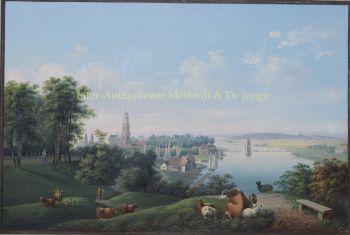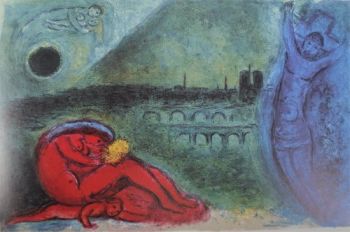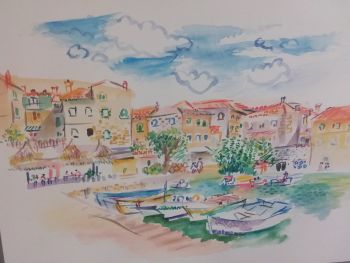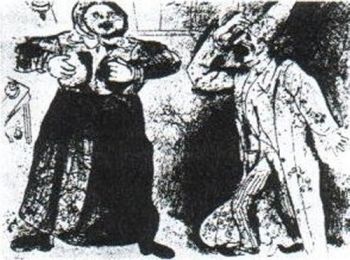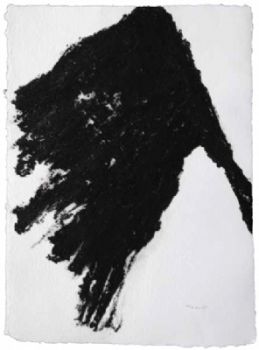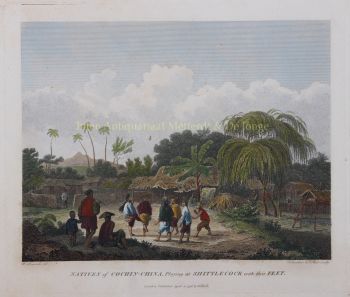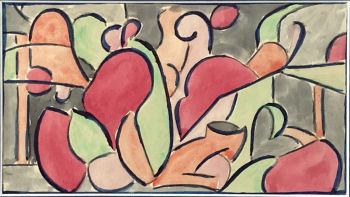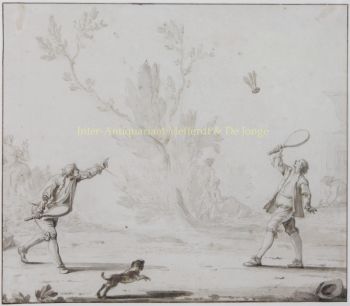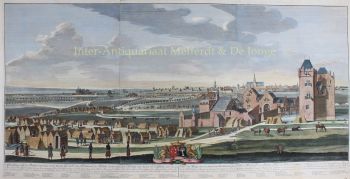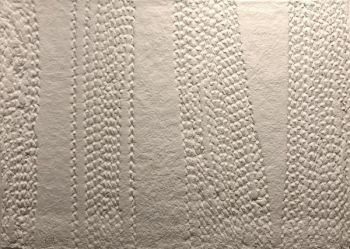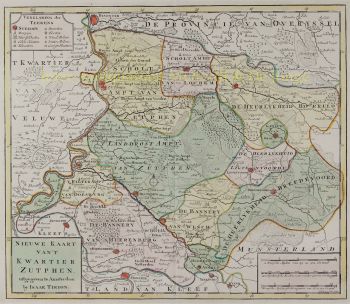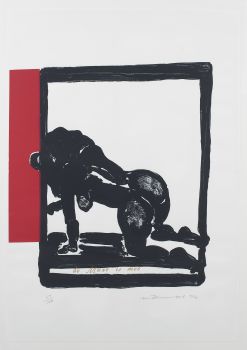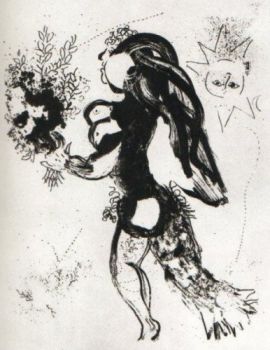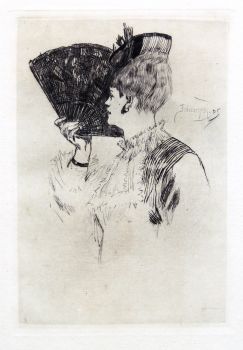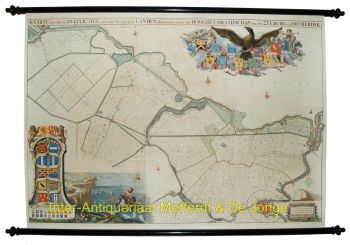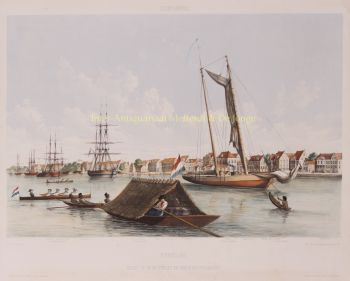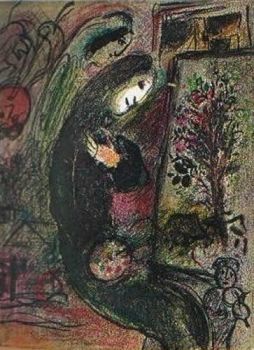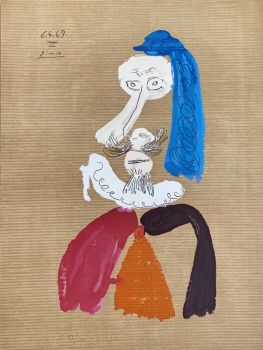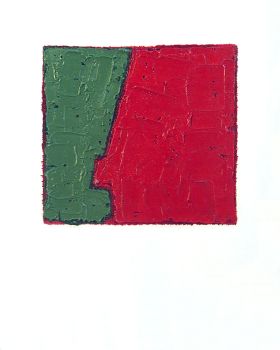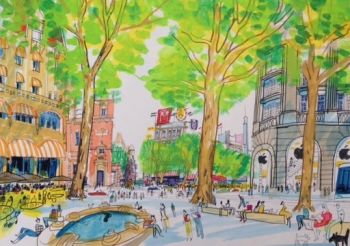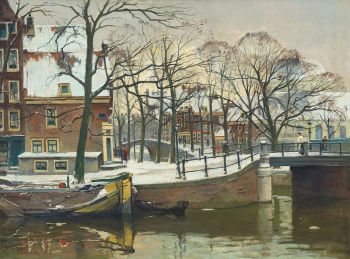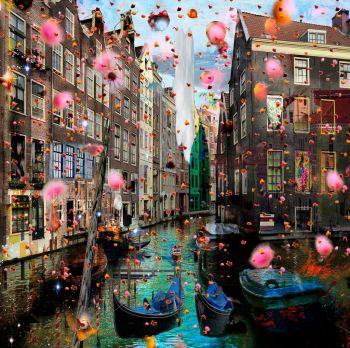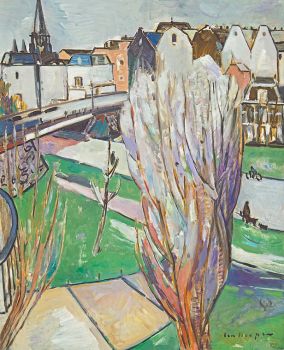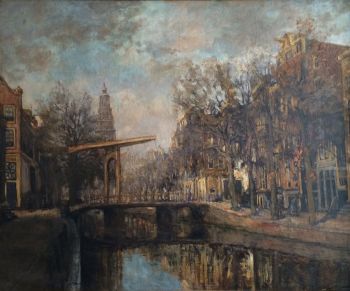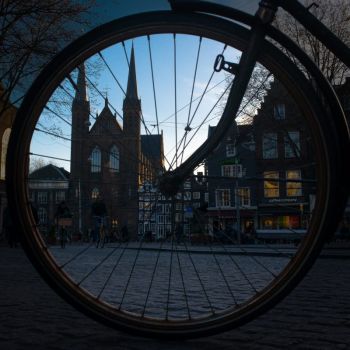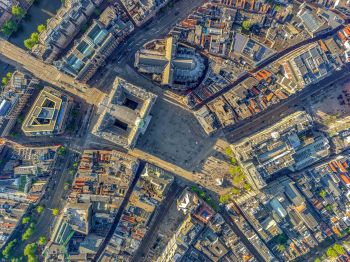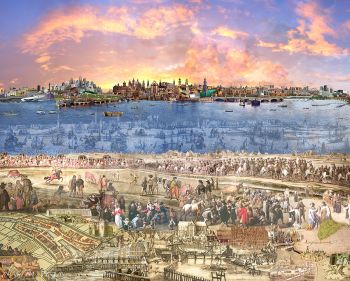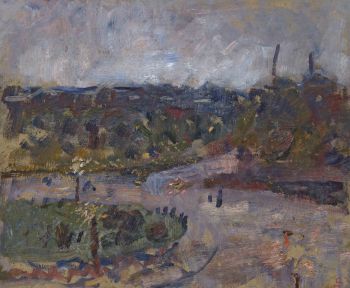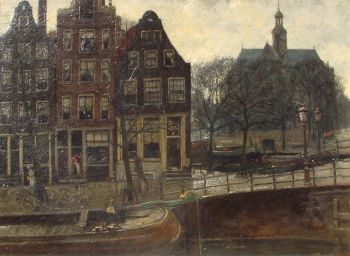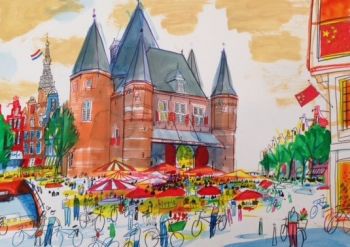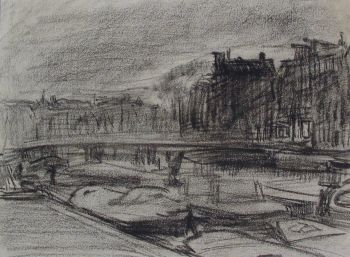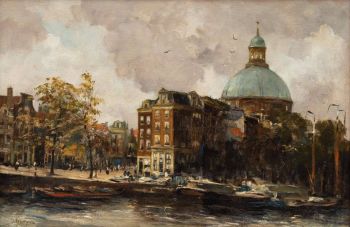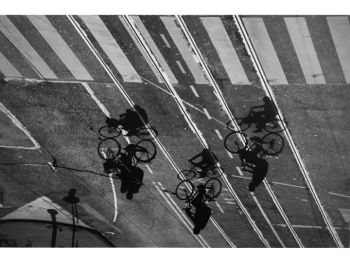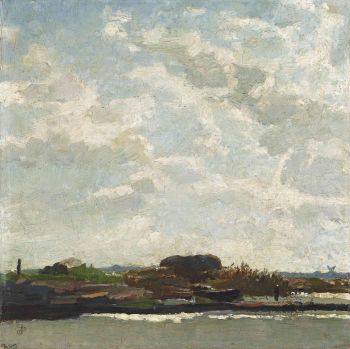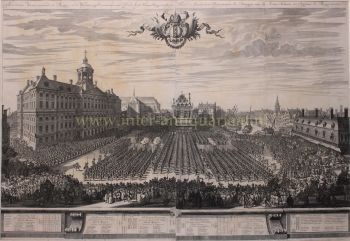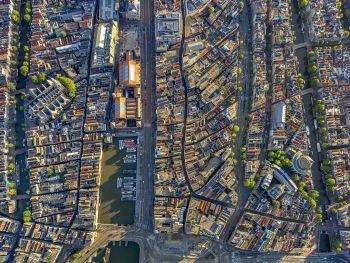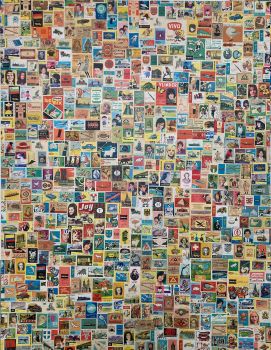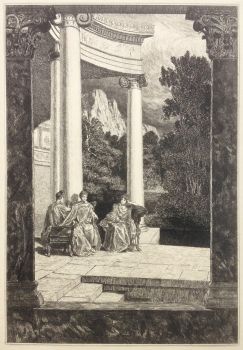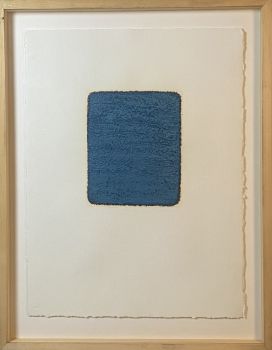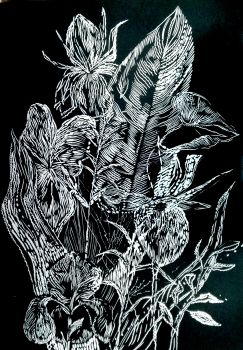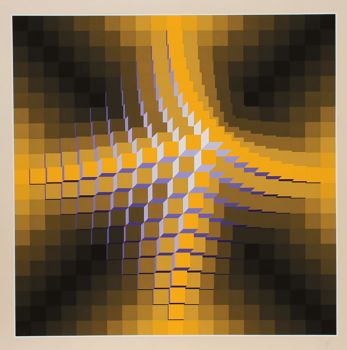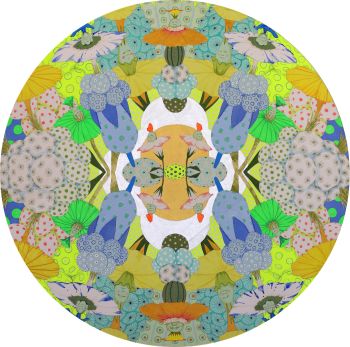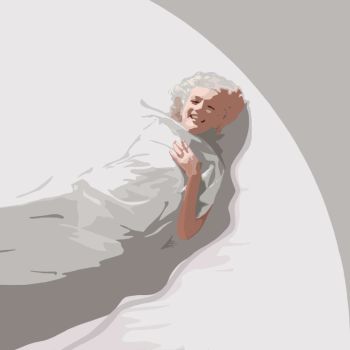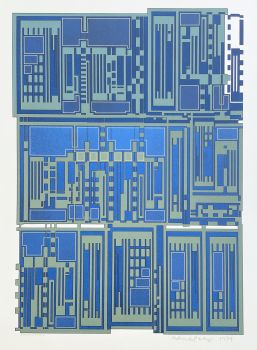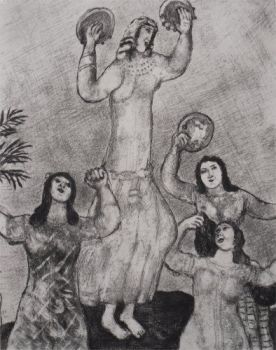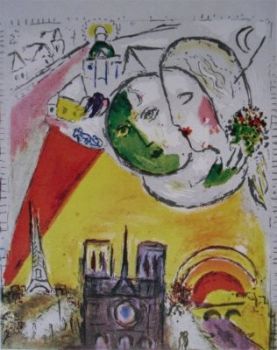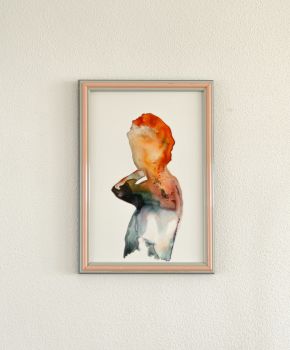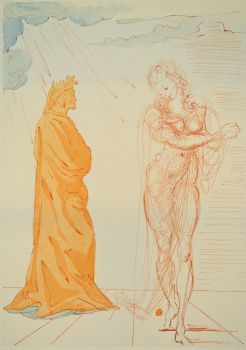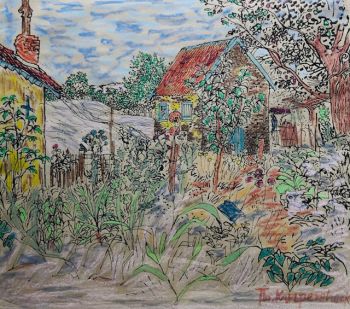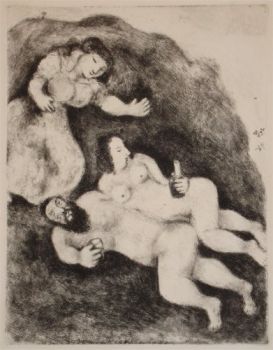Vista importante de Amsterdã no século 16 vista do IJ 1599
Pieter Bast
TintaPapel
27 ⨯ 76 cm
ConditionExcellent
Atualmente indisponível via Gallerease
- Sobre arteAmstelredam. [Antwerp], Pieter Bast, 1599.
Large engraved panorama on 2 sheets (ca. 27 x 76 cm as assembled).
Framed.
Rare first state of a 16th-century view of Amsterdam as seen from the inlet known as the IJ made by Pieter Bast, a Dutch engraver from Antwerp best known for his city map of Amsterdam and this view. "In its amplitude and the sheer audacity of the presentation, this engraving is indisputably one of Bast's most significant creations. It is as much a portrait of the harbour of Amsterdam as of the city itself and underscores the unique importance of maritime trade as the principle source of the city's wealth and power". With its distinctive orientation he not only initiated the series of representations of Amsterdam as seen from the IJ, but also "established the standard for an entire genre of Dutch maritime painting" (Keyes). In 1611 a second state (edition) was published by Claesz Jansz. Visscher, who drastically altered the composition.
In very good condition.
Hollstein I, p. 168, 8; Keyes, Pieter Bast 8 and p. 19. - Sobre artistaBast nasceu na Antuérpia e era filha de Josyntje Plantin, que fazia parte da famosa família de impressores Plantin. Em 31 de agosto de 1601 ele se casou com Aryaentje Geryt Schaecken em Leiden. No ano seguinte comprou uma casa ao lado da Escola de Latim. Carreira Pieter Bast gravou mapas e paisagens urbanas de cidades holandesas. Ele trabalhou em um mapa de Emden. Ele também trabalhou como agrimensor. O mais famoso de seus trabalhos foi o mapa de Amsterdã que ele desenhou e gravou em 1599. Ele cobria um total de quatro lâminas e é intitulado Amstelodamum, Hollandiae urbs primaria, empório Totius Europae celeberrimum. Desde 1544, não havia um mapa preciso da cidade de Amsterdã, portanto, este trabalho tem um significado histórico. O mapa foi publicado em 1º de outubro de 1599 pela livraria e editora Harmen Allartz ou Alardi. O cartão foi assinado Petr. Bast Au (isto é, auctor) et sculp (sit) et excudebat, 1599, o que indica que Pieter Bast também foi editor. Mais tarde na carreira, Pieter Bast fez outras gravuras de Middelburg, Dordrecht, Leeuwarden, Franeker, Leiden e Utrecht. Ele também fez gravuras de eventos históricos, como o cerco e a captura de Nijmegen como parte da Revolta Holandesa por Maurício, Príncipe de Orange, em 14 de outubro de 1591, a Batalha de Nieuwpoort. Outros artistas com quem colaborou incluem Floris Balthasar e Johan Sems. Ele foi enterrado na Igreja de São Pedro em Leiden.
Artwork details
Categoria
Assuntos]
Material e Técnica
Related artworks
- 1 - 4 / 24
- 1 - 4 / 24
- 1 - 4 / 24

